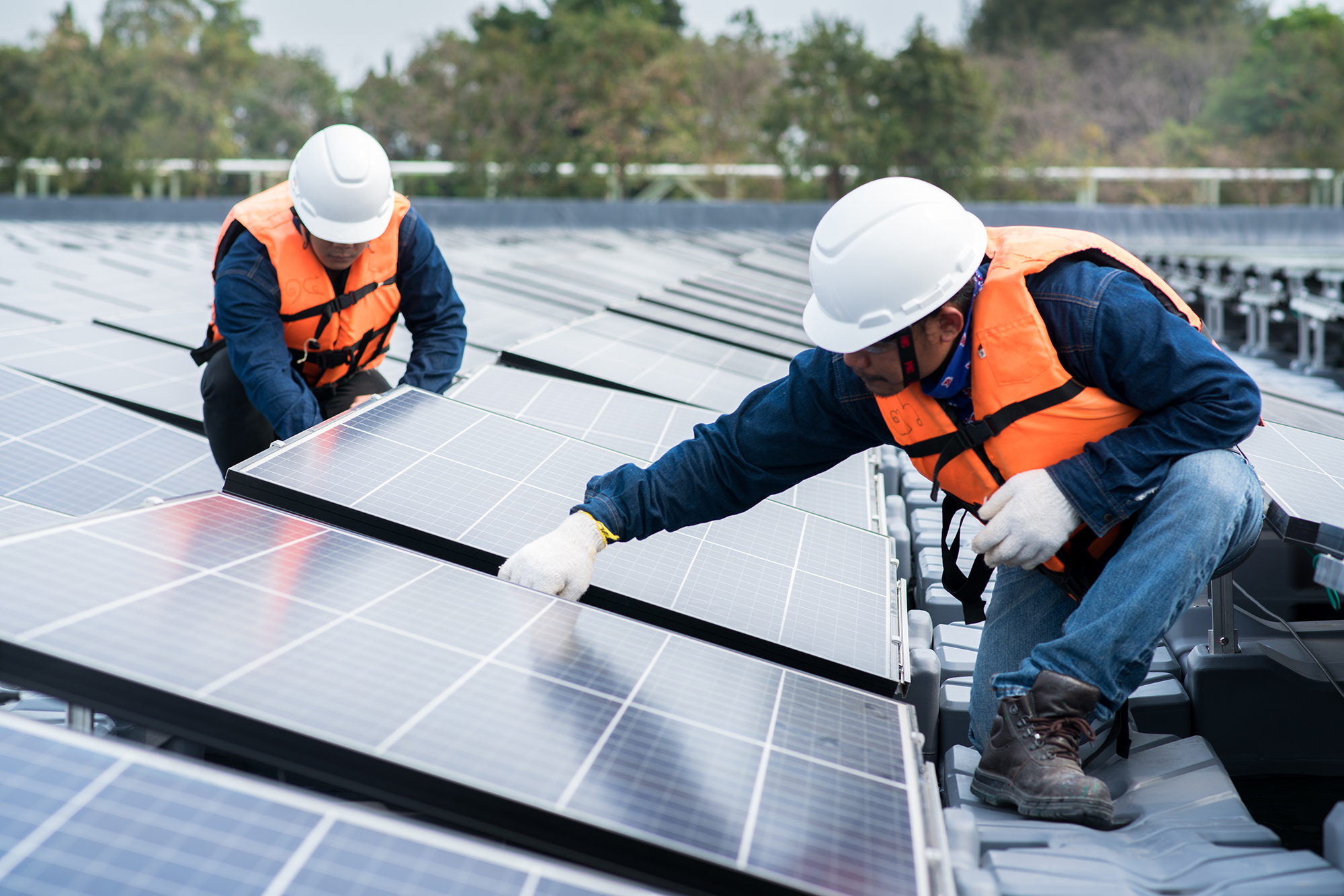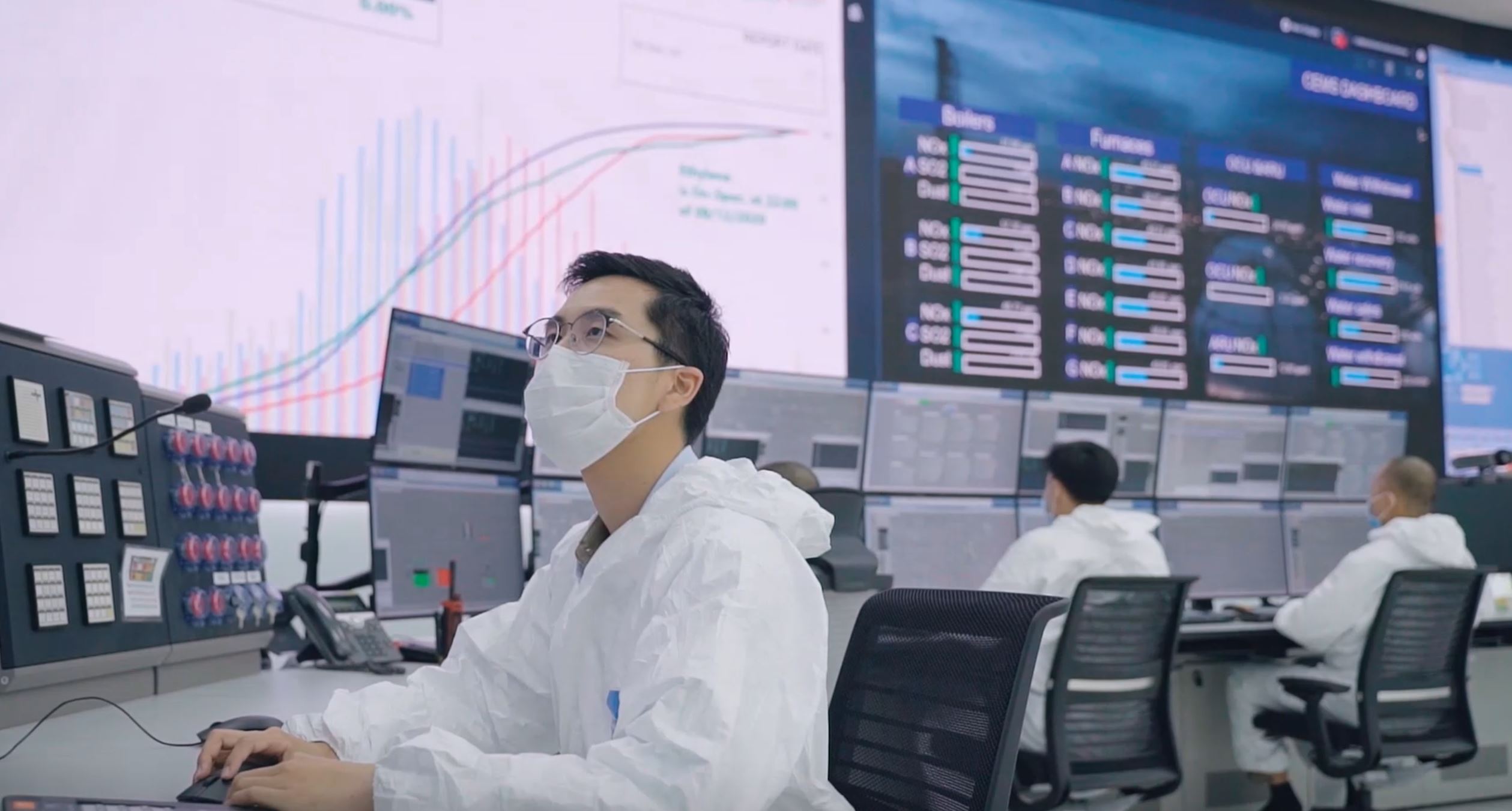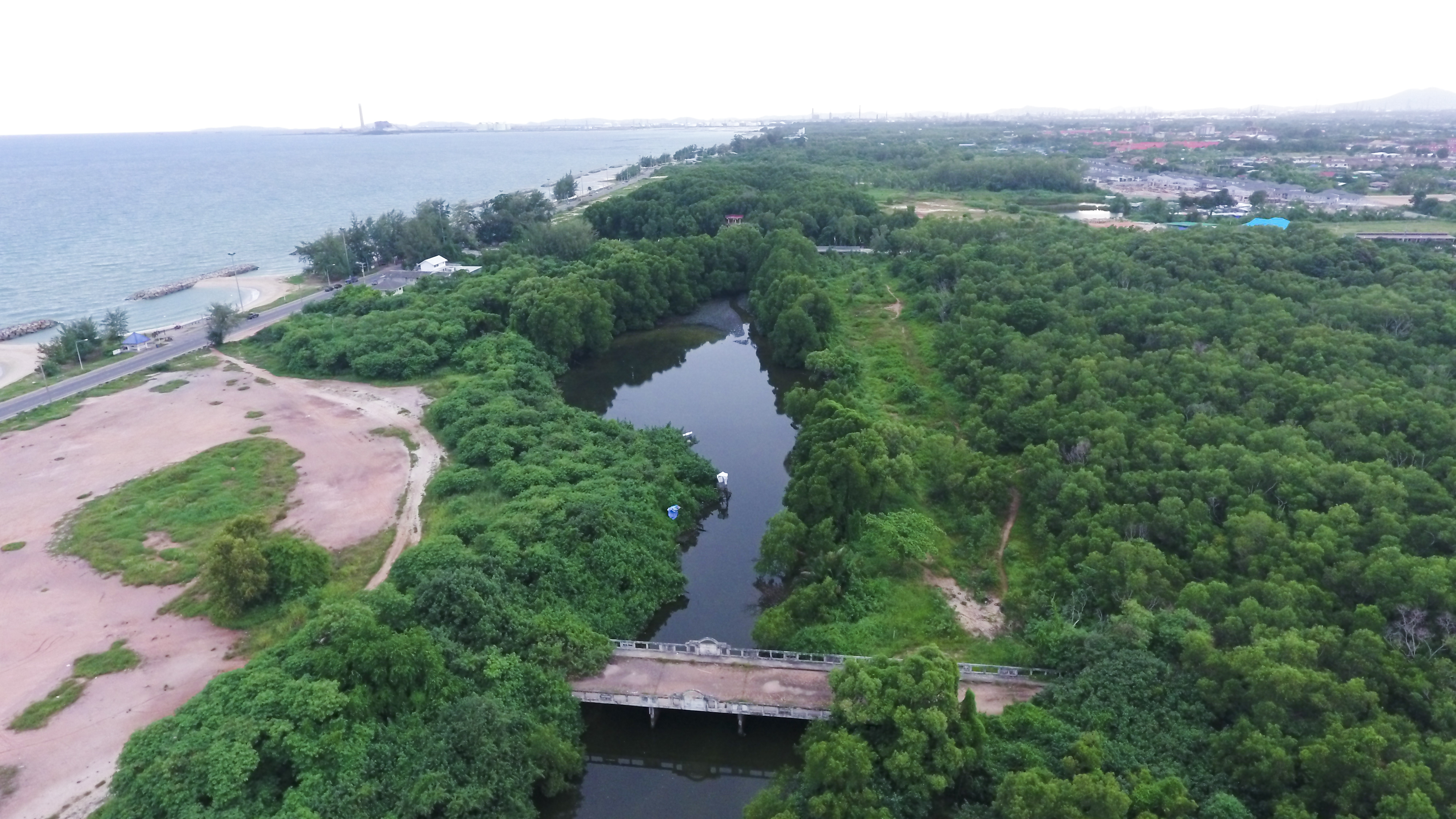Climate change is a global issue affecting people throughout the world. SCGC is dedicated to reducing greenhouse gas emissions both directly and indirectly by increasing the proportion of clean energy consumption and energy usage efficiency, as well as developing low-carbon-footprint products to establish a low-carbon economy from manufacturer to customer to consumer. Furthermore, it intends to build partnerships to keep a global temperature rise under 1.5 degrees Celsius in accordance with the Paris Agreement, as well as to reach the target of carbon neutrality by 2050.
Action Strategies for Climate Resilience
- Direct Greenhouse Gas Reduction Our carbon footprint has also been on a downward trajectory due to decarbonization interventions taken across energy efficiency, renewable energy and natural climate solutions (NCS). We have already reduced the emission intensity of carbon the carbon emissions intensity by approximately 5.6% compared to 2014 despite an increase in production capacity by 1.3 million tonnes per year. We have formulated a clear strategy and have already taken significant steps across the different sustainability commitments. Our target is to reduce GHG emissions in Thailand by 20% by 2030 (compared to a base year of 2021) with a "Carbon Neutrality" aspiration by 2050.
The followings are examples of initiatives that we have implemented:
- Energy efficiency: we aim to apply technologies to improve the efficiency of and reduce energy consumption in our production processes;
- Use of renewable energies and/or hydrogen to decarbonize our energy consumption;
- Use of ‘coal free’ electricity and transition to renewables (we had already implemented by 5.7-megawatt peak of solar energy and planned to grow solar energy by 60% to 15-megawatt peak by 2030);
- Optimization of energy consumption with synergies from the co-location of plants, especially applicable for LSP and contemplated LSP 2;
- Environment and nature preservation projects: such as land forests and mangroves planation, check dam construction to restore ecological resilience and extra green area implementation inside and around our facilities.
In addition to technology-driven "break-through", we are at various stages of development across different geographies and sectors in pursuing the following pathways to support decarbonization:
- Usage of “turquoise” hydrogen as an alternative to grey hydrogen to reduce their emissions;
- Use of renewable energies and/or hydrogen to decarbonize our energy consumption;
- Electrification to reduce emission sources; and
- Carbon capture to store or utilize.
- Indirect Greenhouse Gas Reduction
- Established a data collection system to assess other associated indirect greenhouse gas emissions to develop greenhouse gas management throughout the value chain.
- Developed products that minimize greenhouse gas emissions across the value chain, from raw material sourcing to waste management, and applied circular economy principles to ensure resource efficiency, lower energy consumption, waste reduction, and increased recycling.
- Choose low-carbon and more renewable raw materials, such as Circular Plas (advanced recycling) for low-carbon naphtha in olefin production or PCR (mechanical recycling) for polymer production. This comprises a plan to develop guidelines for procuring raw materials from suppliers, accounting for emissions and greenhouse gas reductions from raw material and service sourcing, and any transportation associated with the procurement process.
- Promote and support logistic suppliers to switch from diesel to natural gas to reduce greenhouse gas emissions and dust. Furthermore, it also helps contribute to the supplier's cost reduction.
- Development of greenhouse gas storage
- Reforestation and environmental restoration
- Development of innovation for greenhouse gas storage
Solar Energy System Solutions SCGC has developed and deployed solar energy systems in a range of forms, including solar farms, floating solar farms, and solar rooftops to enhance the usage proportion of clean energy and minimize greenhouse gas emissions in manufacturing operations and office buildings. In addition, SCGC has operated solar energy solutions within the SCG group, with external partners and customers to continuously ensure the sustainability of solar energy. Key operations of 2021 are as follows:
- Floating Solar Solutions. Thailand's first floating solar farm offering end-to-end solutions, from design to buoy production. From 2018 to 2021, it had executed 43 projects for SCG business units and external partners. The combined generation capacity exceeded 50 megawatts, lowering greenhouse gas emissions by over 35,000 tons of CO2 per year.
- Solar Rooftop. In 2021, SCGC expanded the solar power generation project on the roof of the SCGC' office buildings and plants in Map Ta Phut Industrial Estate. The maximum power generation capacity of 3,200 megawatt-hours was utilized to substitute external electricity sources for indoor power usage. This also included 2.2 megawatts of solar rooftop installation on the building, which helped cut greenhouse gas emissions by 1,500 tons of CO2 per year.
- Solar Farm. From 2019 to 2021, SCGC had installed a series of 2.6-megawatt solar farms along the pipeline that transports products in the RIL Industrial Estate area, reducing greenhouse gas emissions by 1,800 tons of CO2 per year.
- Project of integration of electric vehicle and solar energy solutions. RIL 1996 Company Limited's diesel-powered vehicles have been replaced by electric vehicles, with plans to establish solar power station systems at RIL Industrial Estate and Map Ta Phut Industrial Estate. The project contributed to reducing greenhouse gas emissions of more than 7 tons of CO2 per vehicle per year.
Enhance energy usage efficiency with AI and automation.We have always sought to enhance process and equipment efficiency to reduce energy consumption. It has recently introduced new technologies such as AI, Machine Learning, and Data Analytics automation to streamline operations. The approach resulted in a significant reduction in energy consumption.
- Rayong Olefins Company Limited digitized their highly complex measurement and steam control system, transitioning from manual to digital automation. It also improved the operations of the heat reactive furnace, the plant's most energy-consuming device, with an automation system and machine learning. The approach minimizes annual energy usage and greenhouse gas emissions by a total of 8,030 tons of CO2 equivalent.
- Map Ta Phut Olefins Company Limited used Artificial Intelligence (AI) technology to manage energy in its manufacturing units. The result shows energy saving by over 19,430 gigajoules per year and reduction of greenhouse gas emissions by 806 tons of CO2 per year, and at the same time making production control easier and more efficient.
Carbon Footprint for Organization (CFO). In 2021, four companies under SCGC received certifications of Carbon Footprint for Organization from the Thailand Greenhouse Gas Management Organization (Public Organization). The achievement reflected SCGC' dedication to greenhouse gas management to effectively minimize greenhouse gas emissions.







